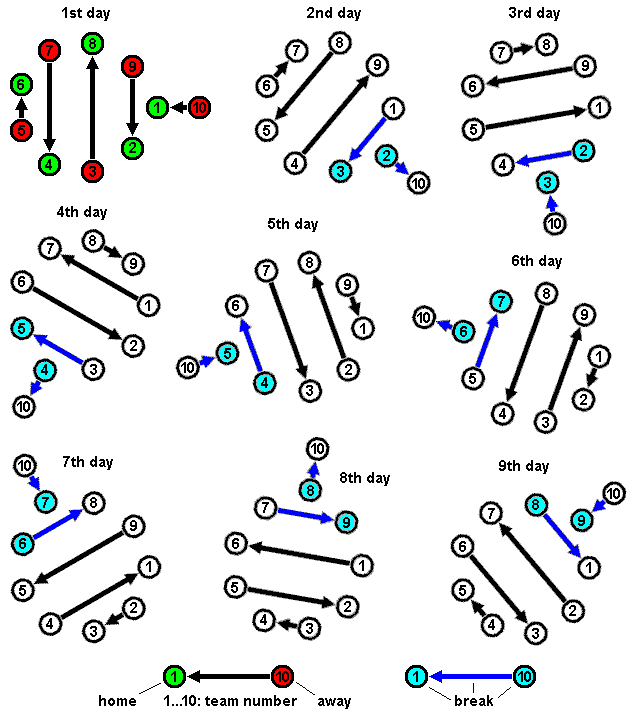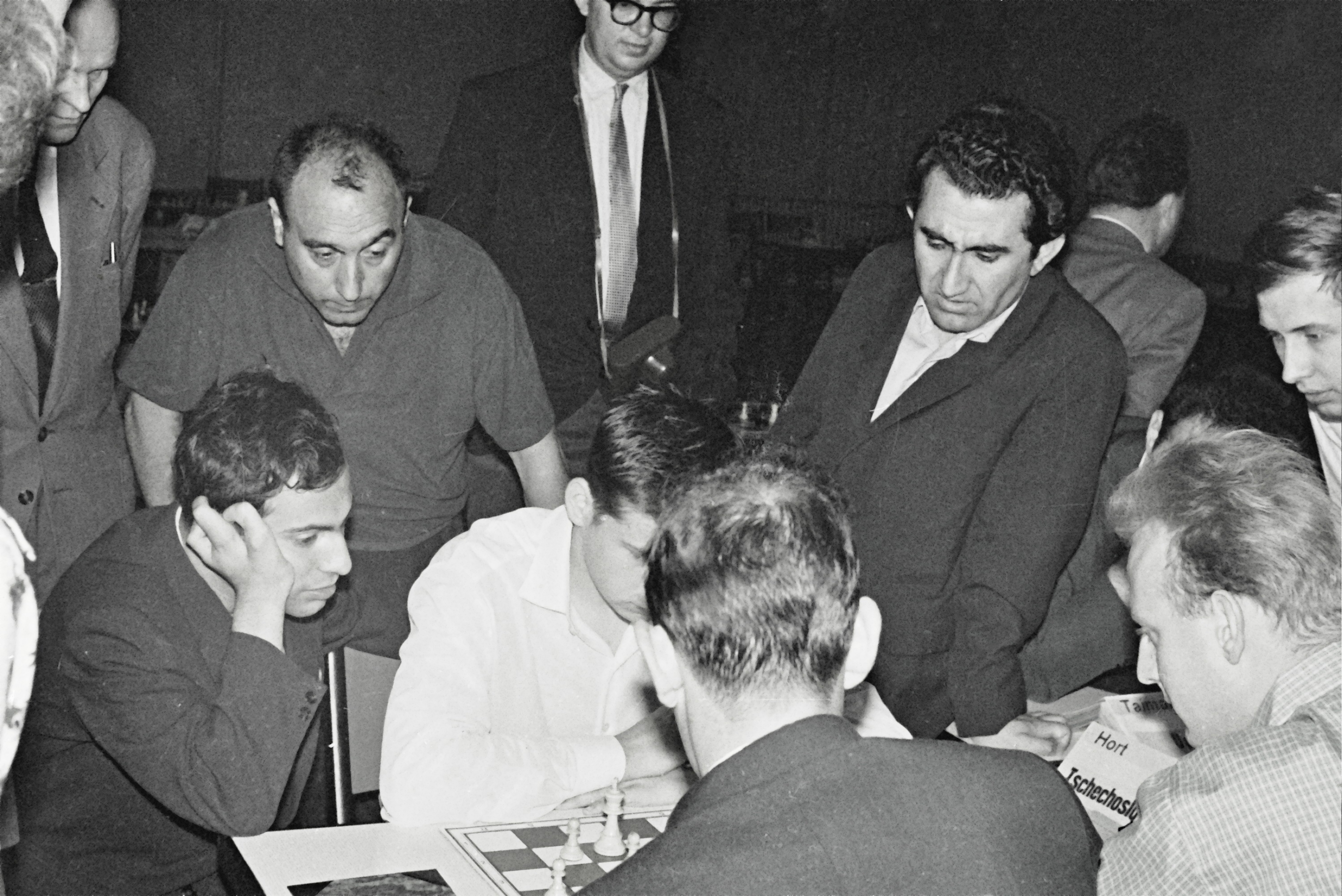|
Monika Soćko
Monika Soćko (née Bobrowska; born 24 March 1978) is a Polish chess player who holds the FIDE titles of Grandmaster (GM) and Woman Grandmaster (WGM). She won the Polish women's chess championship eight times (in 1995, 2004, 2008, 2010, 2013, 2014, 2016, 2017). Career In 2007, Soćko won an international women's tournament in Baku, Azerbaijan ahead of former Women's World Champion Antoaneta Stefanova. In 2008, she was awarded the title of Grandmaster (GM) by FIDE, becoming the first and, to date, only Polish female player to achieve this. The following year, she won the Arctic Chess Challenge in Tromsø, Norway in spite of being only ranked as number 16 before the tournament, while her top-ranked husband, Bartosz Soćko, finished in 13th place. In March 2010, she won the bronze medal at the Women's European Individual Chess Championship edging out Yelena Dembo and Marie Sebag on tie-breaks. In 2014 Soćko won the Erfurt Woman Grandmaster round-robin tournament. In 2017 she w ... [...More Info...] [...Related Items...] OR: [Wikipedia] [Google] [Baidu] |
Warsaw
Warsaw ( pl, Warszawa, ), officially the Capital City of Warsaw,, abbreviation: ''m.st. Warszawa'' is the capital and largest city of Poland. The metropolis stands on the River Vistula in east-central Poland, and its population is officially estimated at 1.86 million residents within a greater metropolitan area of 3.1 million residents, which makes Warsaw the 7th most-populous city in the European Union. The city area measures and comprises 18 districts, while the metropolitan area covers . Warsaw is an Alpha global city, a major cultural, political and economic hub, and the country's seat of government. Warsaw traces its origins to a small fishing town in Masovia. The city rose to prominence in the late 16th century, when Sigismund III decided to move the Polish capital and his royal court from Kraków. Warsaw served as the de facto capital of the Polish–Lithuanian Commonwealth until 1795, and subsequently as the seat of Napoleon's Duchy of Warsaw. Th ... [...More Info...] [...Related Items...] OR: [Wikipedia] [Google] [Baidu] |
Round-robin Tournament
A round-robin tournament (or all-go-away-tournament) is a competition Competition is a rivalry where two or more parties strive for a common goal which cannot be shared: where one's gain is the other's loss (an example of which is a zero-sum game). Competition can arise between entities such as organisms, indiv ... in which each contestant meets every other participant, usually in turn.''Webster's Third New International Dictionary of the English Language, Unabridged'' (1971, G. & C. Merriam Co), p.1980. A round-robin contrasts with an elimination tournament, in which participants/teams are eliminated after a certain number of losses. Terminology The term ''round-robin'' is derived from the French term ''ruban'', meaning "ribbon". Over a long period of time, the term was Folk etymology, corrupted and idiomized to ''robin''. In a ''single round-robin'' schedule, each participant plays every other participant once. If each participant plays all others twice, this is freque ... [...More Info...] [...Related Items...] OR: [Wikipedia] [Google] [Baidu] |
Time Control
A time control is a mechanism in the tournament play of almost all two-player board games so that each round of the match can finish in a timely way and the tournament can proceed. Time controls are typically enforced by means of a game clock, where the times below are given per player. Time pressure (or time trouble or ''Zeitnot'') is the situation of having very little time on a player's clock to complete their remaining moves. Classification The amount of time given to each player to complete their moves will vary from game to game. However, most games tend to change the classification of tournaments according to the length of time given to the players. In chess, the categories of short time limits are: "bullet", "blitz", and "rapid". "Bullet" games are the fastest, with either a very short time limit per move (such as ten seconds) or a very short total time (such as one or two minutes). "Blitz" games typically give five to ten minutes per player, and "rapid" games give bet ... [...More Info...] [...Related Items...] OR: [Wikipedia] [Google] [Baidu] |
Sabina-Francesca Foisor
Sabina-Francesca Foişor (born August 30, 1989) is a Romanian American chess player holding the title of Woman Grandmaster (WGM). She competed in the Women's World Chess Championship in 2008 and 2017. Foisor won the US women's championship in 2017. Chess career Foisor won four medals at the European Youth Chess Championships in various age categories: one gold (girls U8 in 1996), one silver (girls U16 in 2004) and two bronze (girls U14 in 2003 and girls U18 in 2007). She represented Romania in the European Girls U18 Team Chess Championship in 2004 and 2007, winning three medals: two gold (2004 individual medal, 2007 team medal) and one bronze (2007 individual medal). Foisor was awarded the titles Woman International Master (WIM) in 2005 and Woman Grandmaster (WGM) in 2007. She achieved the norms required for the WGM title at the Acropolis women's tournament in Athens in 2006 and European Individual Women's Chess Championship in Dresden in 2007. Her result at 2007 European Wom ... [...More Info...] [...Related Items...] OR: [Wikipedia] [Google] [Baidu] |
Checkmate
Checkmate (often shortened to mate) is any game position in chess and other chess-like games in which a player's king is in check (threatened with ) and there is no possible escape. Checkmating the opponent wins the game. In chess, the king is never actually captured—the player loses as soon as the player's king is checkmated. In formal games, it is usually considered good etiquette to resign an inevitably lost game before being checkmated. If a player is not in check but has no legal move, then it is '' stalemate'', and the game immediately ends in a draw. A checkmating move is recorded in algebraic notation using the hash symbol "#", for example: 34.Qg3#. Examples A checkmate may occur in as few as two moves on one side with all of the pieces still on the board (as in Fool's mate, in the opening phase of the game), in a middlegame position (as in the 1956 game called the Game of the Century between Donald Byrne and Bobby Fischer), or after many moves with as few as t ... [...More Info...] [...Related Items...] OR: [Wikipedia] [Google] [Baidu] |
Knight (chess)
The knight (♘, ♞) is a piece in the game of chess, represented by a horse's head and neck. It moves two squares vertically and one square horizontally, or two squares horizontally and one square vertically, jumping over other pieces. Each player starts the game with two knights on the b- and g-, each located between a rook and a bishop. Movement Compared to other chess pieces, the knight's movement is unique: it moves two squares vertically and one square horizontally, or two squares horizontally and one square vertically (with both forming the shape of a capital L). When moving, the knight can jump over pieces to reach its destination. Knights capture in the same way, replacing the enemy piece on the square and removing it from the board. A knight can have up to eight available moves at once. Knights and pawns are the only pieces that can be moved in the chess starting position. Value Knights and bishops, also known as , have a value of about three pawns. Bishops utili ... [...More Info...] [...Related Items...] OR: [Wikipedia] [Google] [Baidu] |
King (chess)
The king (♔, ♚) is the most important piece in the game of chess. It may move to any adjoining square; it may also perform a move known as castling. If a player's king is threatened with capture, it is said to be in check, and the player must remove the threat of on the next move. If this cannot be done, the king is said to be in checkmate, resulting in a loss for that player. A player cannot make any move that places their own king in check. Despite this, the king can become a strong offensive piece in the endgame or, rarely, the middlegame. In algebraic notation, the king is abbreviated by the letter K among English speakers. The white king starts the game on e1; the black king starts on e8. Unlike all other pieces, only one king per player can be on the board at any time, and the kings are never removed from the board during the game. Placement and movement The white king starts on e1, on the first to the right of the queen from White's perspective. The black kin ... [...More Info...] [...Related Items...] OR: [Wikipedia] [Google] [Baidu] |
Armageddon (chess)
Fast chess, also known as Speed chess, is a type of chess in which each player is given less time to consider their moves than normal tournament time controls allow. Fast chess is subdivided, by decreasing time controls, into rapid chess, blitz chess, and bullet chess. Armageddon chess is a particular variation of fast chess in which different rules apply for each of the two players. The top ranked 2021 world rapid chess player is Magnus Carlsen from Norway, who is also the top ranked classical chess player. The top ranked blitz chess player at the beginning of 2022 is Hikaru Nakamura. The top ranked 2021 women's rapid and blitz chess player is Hou Yifan from China, who is also the top ranked women's classical chess player. FIDE rules The World Chess Federation (FIDE) divides time controls for chess into "classical" time controls, and the fast chess time controls. , for master-level players (with an Elo of 2200 or higher) the regulations state that at least 120 minutes per ... [...More Info...] [...Related Items...] OR: [Wikipedia] [Google] [Baidu] |
Women's World Chess Championship 2008
The Women's World Chess Championship 2008 took place from August 28, 2008 to September 18 in Nalchik, Russia. It was won by Alexandra Kosteniuk, who beat Hou Yifan in the final by 2½ to 1½. For the fifth time, the championship took the form of a 64-player knock-out tournament. Participants Players were seeded by their Elo ratings (July 2008 list), except that defending champion Xu Yuhua was the no. 1 seed. Qualification paths *WC: Women's World Champion and semi-finalists of the Women's World Chess Championship 2006 (3) *J06 and J07: World Junior Champions 2006 and 2007 *R: Rating (average of the FIDE rating lists of July 2006 and January 2007) (6) *E06 and E07: European Individual Chess Championships 2006 and 2007 (28) *AM: American Continental Chess Championship 2007 (2) *AS: Asian Chess Championship 2007 (4) *AF: African Chess Championship 2007 (3) * Z2.1 (3), Z2.3, Z2.4, Z2.5, Z3.1, Z3.2, Z3.3, Z3.4, Z3.5 (4): Zonal tournaments *PN: FIDE President nominee (2) A ... [...More Info...] [...Related Items...] OR: [Wikipedia] [Google] [Baidu] |
European Team Chess Championship
The European Team Championship (often abbreviated in texts and games databases as ''ETC'') is an international team chess event, eligible for the participation of European nations whose chess federations are located in zones 1.1 to 1.9. This more or less accords with the wider definition of Europe used in other events such as the Eurovision Song Contest and includes Israel, Russia and the former Soviet States. The competition is run under the auspices of the European Chess Union (ECU). Championship history The idea was conceived in the early 1950s, when chess organisers became aware of the need for another international team event. Consequently, a men-only Championship was devised and held every four years, with the intention of filling in the gaps between Olympiads. More recently, the Championship has grown in importance and popularity and is regarded as a prestigious tournament in its own right, providing for male and female participants. The first Championship Final was held in ... [...More Info...] [...Related Items...] OR: [Wikipedia] [Google] [Baidu] |




